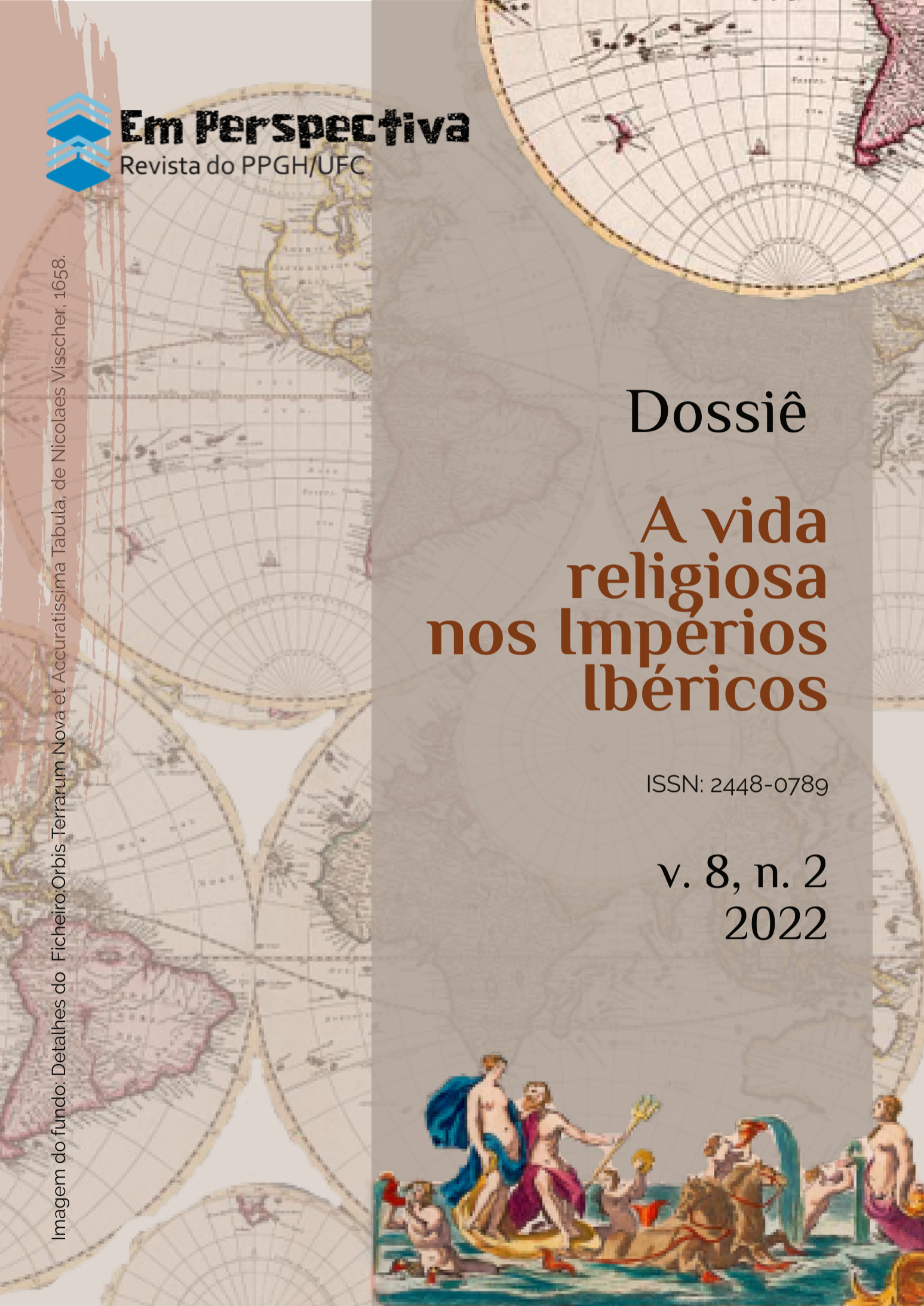A “idolatria” indígena na Nova Espanha através da crônica de Ponce de León
um olhar sobre a evangelização entre os séculos XVI e XVII
Keywords:
Evangelização, Idolatria, Pedro Ponce de LeónAbstract
This article analyzes idolatry and evangelization in New Spain between the 16th and 17th centuries from the perspective of the curator Pedro Ponce de León, author of Breve relación de los dioses y ritos de la gentilidad. In this, different customs and activities of the indigenous daily life of the regions of the Valley of Mexico, the Toluca Valley and the region of Teotenango are presented. The religious chronicles of the time have a tone of disappointment with evangelization and with the indigenous population. The missionaries organized expeditions, adapted European catechesis to the American context, learned native languages, and yet idolatries persisted. One of the conclusions was: catechesis is not taking place as it should, so restructuring was necessary. Based on the premise that idolatrous denunciations in the 17th century grew and doctrinal methods were the ones that suffered the most changes, the intention is to demonstrate how Ponce de León's chronicle, in comparison with other contemporary ones, addresses the change in ecclesiastical discourse.
Downloads
Published
How to Cite
Issue
Section
License
Copyright (c) 2024 Ana Carolina Machado de Souza

This work is licensed under a Creative Commons Attribution-NonCommercial-NoDerivatives 4.0 International License.


1.png)

.png)
2.png)
.png)


.png)


.png)
1.png)
2.png)
